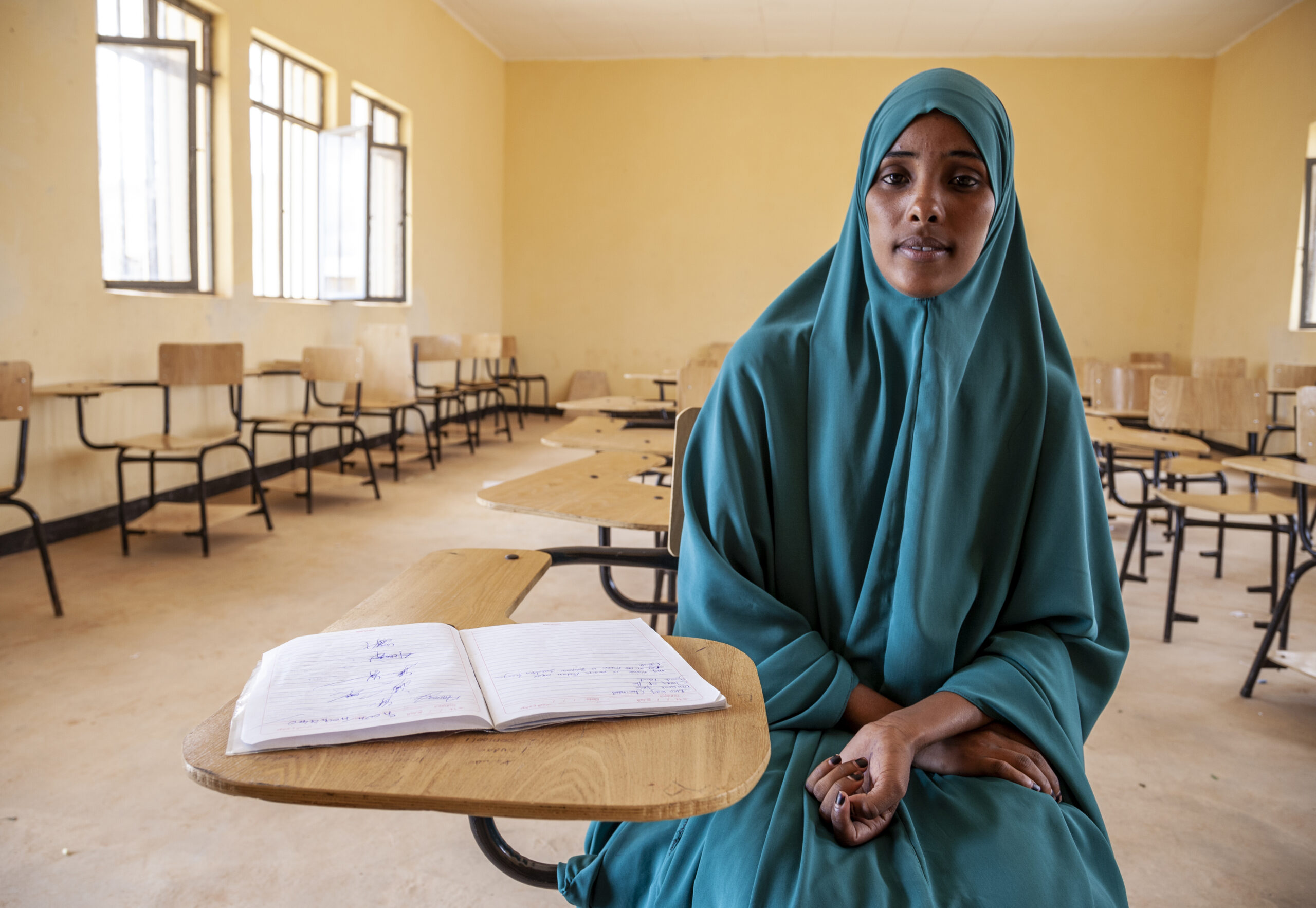Authored by Björn Gillsäter, Head of the World Bank-UNHCR Joint Data Center on Forced Displacement

Today, internally displaced persons (IDPs) account for an estimated sixty percent of forcibly displaced persons globally[i]. Coinciding with escalating levels of displacement is a commensurate effort to provide information about the people affected by it. At the World Bank-UNHCR Joint Data Center on Forced Displacement (JDC) our goal is to dramatically increase the quantity, quality and accessibility of data and evidence on those affected by forced displacement, including IDPs.
One of the first steps we have taken is to strengthen the statistical systems and standards used by all countries when accounting for IDPs. We are doing this by providing technical and financial support to the Expert Group on Refugee, IDP and Statelessness Statistics (EGRISS) and working through them to implement the standards. In March 2020, EGRISS published The International Recommendations on Internally Displaced Persons Statistics (IRIS) which aims to improve the production, quality, coordination, and dissemination of data on IDPs. Our support is helping to implement these recommendations in countries who belong to EGRISS, such as Uganda, Chad, and Iraq. As statistics become standardized, the situation of IDPs becomes clearer.
The second step that we all need to take is to increase the amount of socioeconomic data and analysis that is collected on IDPs and their hosts, including some of the most inaccessible locations, which is often where IDPs are located. Without this data, decision-makers cannot design policies or target programs that meet people’s needs and lead to durable solutions.
During COVID-19, the World Bank launched an ambitious series of phone surveys to understand how people were impacted by the pandemic. In countries with large, displaced populations, such as Chad, Iraq, Burkina Faso, Djibouti and Ethiopia, the JDC enabled extensions of these surveys to include the displaced in a statistically significant way. From the more than 100,000 interviews that were conducted, we learned that in Burkina Faso and Iraq, the pandemic increased food insecurity for IDPs. We also learned that educational engagement plummeted during the pandemic, with very small numbers of children engaged in learning during school closures. Worse, some IDP and refugee children left school and didn’t return.
Thirdly, accurate information on forcibly displaced people is of limited value if those who are expected to use the data cannot access it.
When I took up my assignment as Head of the JDC, I learned how the results from UNHCR’s many surveys often sat on local servers or individual laptops. The opportunity cost of not sharing this information with those who design programs for people in need, or to researchers who turn the data into knowledge, was deemed too high. UNHCR’s Data Transformation Strategy 2020-2025 paved the way for the Responsible Data Access agenda which enables the organization to curate, clean and anonymize data so that it can be shared in a responsible manner. We can now find more than 500 datasets on UNHCR’s new microdata library. However, this exercise has highlighted – yet again – how little data we have about the situation of internally displaced persons.
To increase the amount of data on internally displaced persons, or displaced populations in general, we need to build partnerships across the many stakeholders, including the development and humanitarian communities. This already happens in Colombia, where civil society organizations, government and research institutions helped to illustrate the extent of internal displacement and the needs of IDPs in Colombia. These partnerships should line up behind national statistics offices, and help build their capacity, so that displaced people are included in national surveys. Only then will we get reliable and sustainable socioeconomic data.
The end game is policy and programs that help displaced people effectively and efficiently. Policymakers and practitioners need more high-quality research on how internal displacement affects education, health, security, housing and future livelihoods, and which policy interventions address those challenges best.
The UN Secretary-General’s Action Agenda on Internal Displacement has given both development and humanitarian operations further impetus to improve the information about the situation of displaced people. We need to increase the support for IDPs to find durable solutions; to prevent new crises; and to ensure that those facing displacement receive effective protection and assistance. The Secretary-General urges us all to work harder, to innovate, and to include the internally displaced in our programming. Quality socioeconomic data is fundamental to this effort.
[i] International Recommendations on Internally Displaced Persons Statistics (IRIS), p11, EGRISS, March 2020
This blog first appeared on the Internal Displacement Monitoring Centre’s website.


